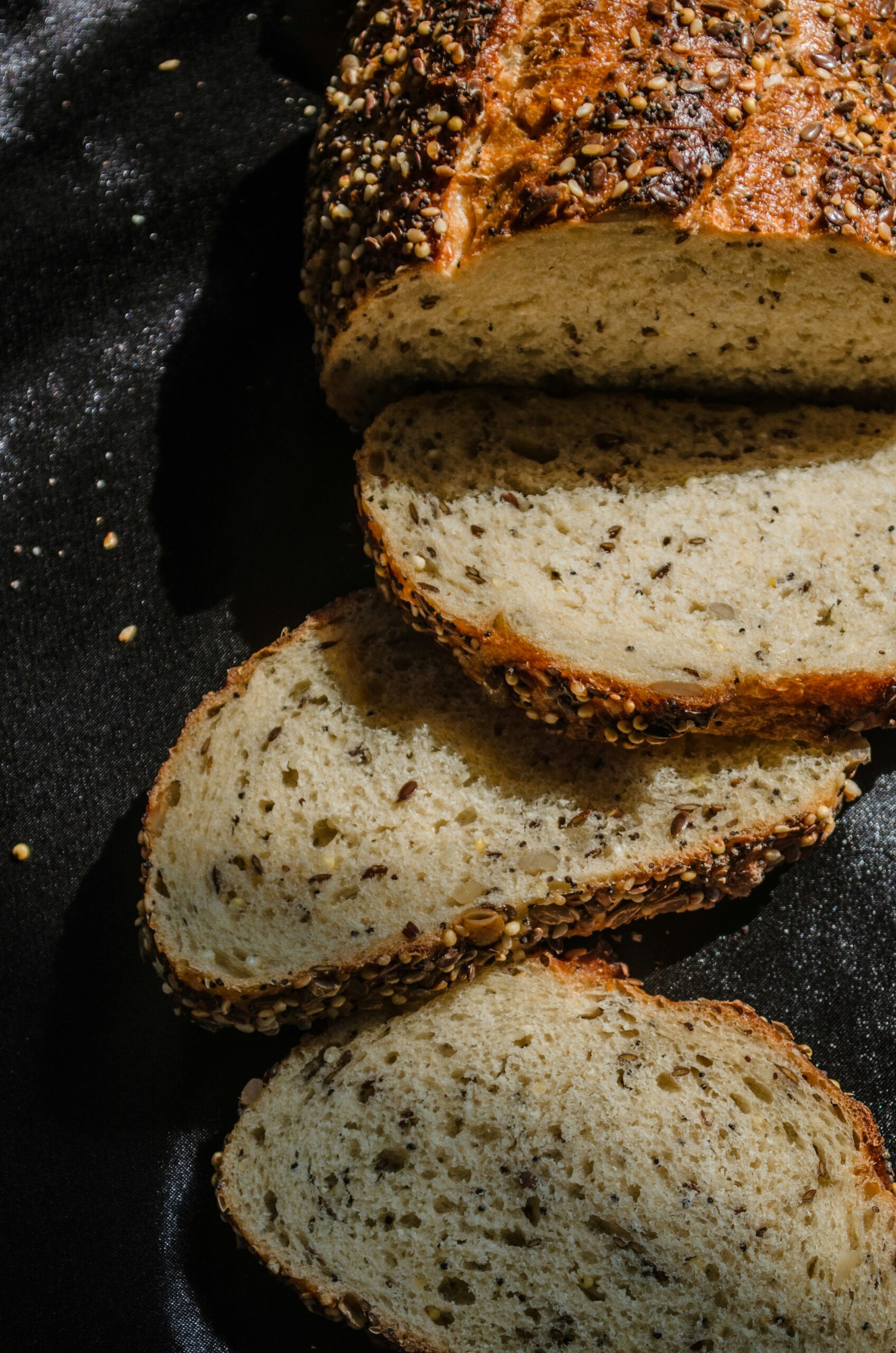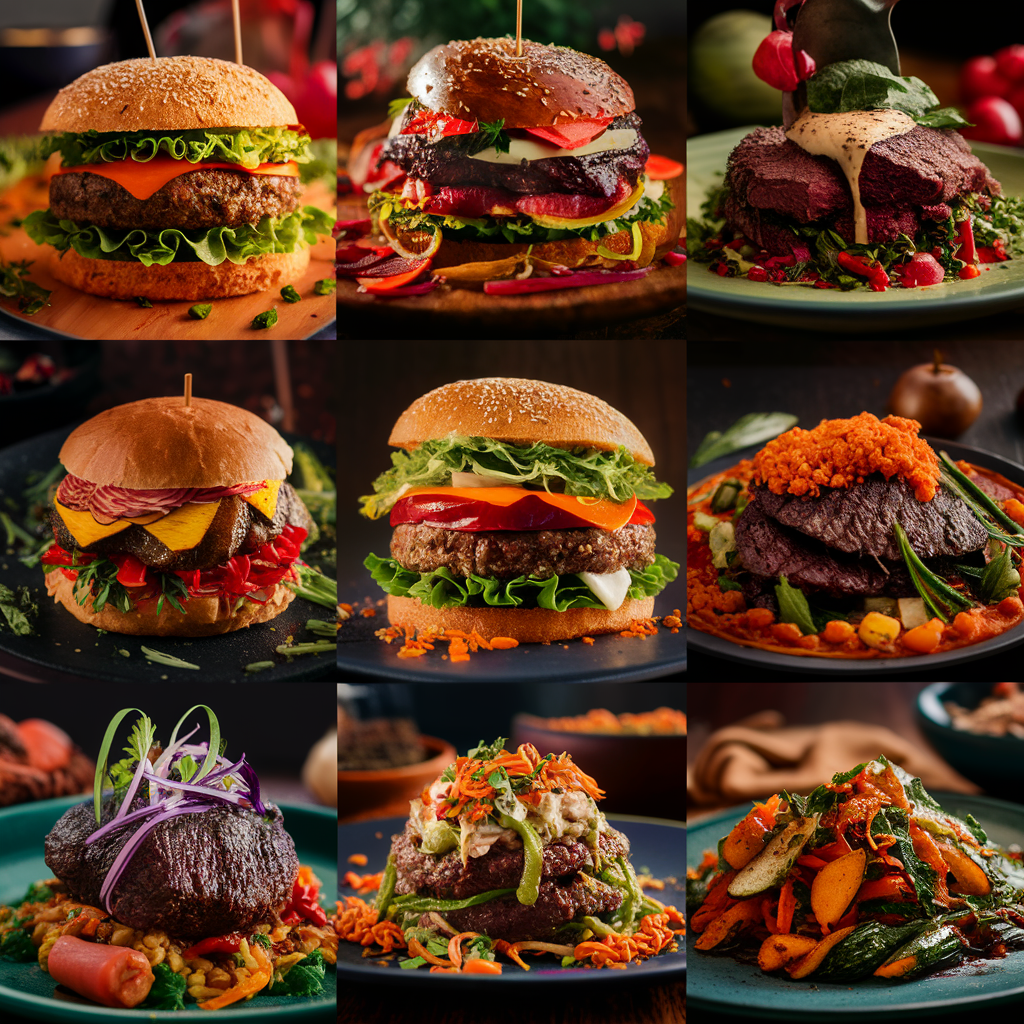Understanding the Foundation of Nutrition
When we sit down to dinner, we often have a lot on our minds: the day’s events, what needs to be done tomorrow, or perhaps even the latest Netflix binge. But have you ever considered what’s on your plate? I mean, really considered it? Many of us tend to fill our plates with the same old staples, often overlooking essential nutrients that our bodies crave for optimal health. In our fast-paced world, understanding nutrition can feel overwhelming. But fear not! We’re diving into a lively exploration of what your dinner plate might be missing and why it matters.
The Nutrient Basics: What Are We Talking About?
To kick off our journey, let’s clarify what we mean by “essential nutrients.” These are the vitamins, minerals, and compounds that our bodies need to function properly. They play a role in everything from energy production to immune function. The key players include:
- Vitamins: Organic compounds that are crucial for various bodily functions.
- Minerals: Inorganic elements that help with bone health, fluid balance, and more.
- Macronutrients: Proteins, fats, and carbohydrates that provide energy and support growth.
- Phytonutrients: Compounds found in plants that can offer health benefits.
Each of these categories includes specific nutrients that our bodies need to thrive. But it’s easy to miss the mark when we’re filling our plates. So, let’s dig deeper into some of the most commonly overlooked nutrients.
Vitamin D: The Sunshine Vitamin
Ah, vitamin D! The nutrient that reminds us of sunny days and beach vacations. You may have heard it referred to as the “sunshine vitamin,” and for good reason. Our bodies can produce it when our skin is exposed to sunlight. However, many people find themselves deficient, especially in the colder months when sunlight is scarce. I remember a winter when I felt unusually sluggish and learned that my vitamin D levels were practically non-existent.
Vitamin D is a superstar in the nutrient world. It helps regulate calcium and phosphorus in the body, critical for maintaining healthy bones. Some studies suggest that it may also play a role in immune function and mood regulation. So, how can you ensure you’re getting enough?
Food Sources of Vitamin D
Here are some delicious food sources to consider:
- Fatty fish like salmon and mackerel
- Egg yolks
- Fortified foods, such as milk and cereals
- Mushrooms exposed to UV light
If you’re like me and don’t spend enough time in the sun, consider a vitamin D supplement after consulting with your healthcare provider.
Magnesium: The Power Mineral
Now, let’s talk magnesium. If you think of minerals as the unsung heroes of nutrition, magnesium takes the cake—or should I say, the chocolate bar? (Yes, dark chocolate is actually a source of magnesium!) This mineral is involved in over 300 biochemical reactions in our bodies. It helps with muscle function, nerve transmission, and even blood sugar control.
Despite its significance, many people fall short of their magnesium needs. One survey reported that nearly half of Americans don’t get enough of this mighty mineral. That’s a staggering number! So, what can we do about it?
Food Sources of Magnesium
Here are some delicious ways to sneak more magnesium into your meals:
- Leafy greens like spinach and kale
- Nuts and seeds, particularly almonds and pumpkin seeds
- Whole grains such as quinoa and brown rice
- Legumes like black beans and lentils
Incorporating these foods can help you meet your magnesium needs and might even improve your sleep quality—a benefit I certainly wouldn’t mind!
Omega-3 Fatty Acids: The Heart Helpers
If you’ve been paying attention to health trends, you’ve likely heard about omega-3 fatty acids. These essential fats are recognized for their heart-healthy benefits, but they offer so much more. They support brain health, reduce inflammation, and have been linked to improved mood. It always struck me how something as simple as a fish oil capsule can have such profound effects on our well-being.
Unfortunately, many of us aren’t getting enough omega-3s. A significant number of people primarily consume omega-6 fatty acids, which are found in many processed foods. This imbalance can lead to negative health effects. So, how do we ensure we’re getting those lovely omega-3s?
Food Sources of Omega-3 Fatty Acids
Consider adding these omega-3-rich foods to your plate:
- Fatty fish like sardines, salmon, and trout
- Chia seeds and flaxseeds
- Walnuts
- Algal oil (a plant-based source of omega-3)
And if you’re not a fan of fish, don’t fret—supplements are also available, but always consult with a healthcare professional before diving in.
Fiber: The Unsung Hero
Let’s take a moment to appreciate fiber. It’s often overlooked and sometimes misunderstood, but this nutrient is key for digestive health. I mean, who wants to deal with digestive woes? (Not this writer!) Fiber comes in two forms: soluble and insoluble. Both types play a crucial role in our health.
Soluble fiber helps lower cholesterol and stabilize blood sugar, while insoluble fiber keeps things moving along in your digestive tract. Sadly, studies show that many people don’t consume nearly enough fiber. The recommended daily intake is about 25 grams for women and 38 grams for men. Are you hitting those numbers?
Food Sources of Fiber
Here are some fiber-packed options to consider:
- Beans and lentils
- Whole grains such as oats and barley
- Fruits like apples and pears (don’t peel those skins!)
- Vegetables, especially broccoli and carrots
By loading up on fiber-rich foods, you’re not only supporting your digestive health but also promoting feelings of fullness—helpful for those of us trying to manage our portions!
Potassium: The Heart Protector
Next up is potassium. This mineral is a powerhouse when it comes to heart health. It helps regulate blood pressure and is crucial for muscle and nerve function. However, many people aren’t getting enough potassium in their diets. A significant portion of the population falls short of the recommended intake of about 2,500 to 3,000 mg per day.
What’s more, a diet low in potassium can increase the risk of hypertension and heart disease. So, what can we do to boost our potassium levels? (Spoiler alert: it’s not just about bananas!)
Food Sources of Potassium
Consider these potassium-rich options:
- Bananas (the classic choice, for sure)
- Sweet potatoes
- Spinach and other leafy greens
- Avocados
Incorporating these foods into your meals can help you maintain healthy potassium levels and support your cardiovascular health.
Zinc: The Immune System Ally
Zinc often flies under the radar, but this trace mineral is vital for numerous bodily functions, particularly immune health. It plays a role in cell division, wound healing, and the production of proteins. I remember when I caught a nasty cold, and my friend insisted that I load up on zinc-rich foods. It turns out she was right—zinc can bolster the immune response and reduce the duration of colds.
However, many people don’t meet their daily zinc requirements, which can leave their immune systems vulnerable. So, let’s take a look at how to get more of this essential mineral.
Food Sources of Zinc
Try incorporating these zinc-rich foods into your meals:
- Oysters (the champion of zinc!)
- Red meat and poultry
- Beans and legumes
- Nuts, especially cashews
Adding these foods to your plate can help fortify your immune system and keep you feeling your best.
Iron: The Energy Booster
Iron is another essential nutrient that deserves our attention. It’s a component of hemoglobin, which carries oxygen in the blood. Without sufficient iron, you might find yourself feeling fatigued and sluggish (I know I do when I’m low on iron!).
Many people, especially women of childbearing age, are at risk of iron deficiency. This can lead to anemia, characterized by fatigue, weakness, and pale skin. So, how can we boost our iron intake?
Food Sources of Iron
Here are some great sources of iron:
- Red meat (a well-known source)
- Poultry and fish
- Legumes like lentils and chickpeas
- Dark leafy greens like spinach
Pairing iron-rich foods with vitamin C sources can enhance absorption. For example, enjoying a spinach salad with some citrus dressing can give you a double whammy of nutrients.
Vitamin B12: The Nerve Nourisher
Last but certainly not least is vitamin B12. This vitamin is essential for nerve function and the production of DNA and red blood cells. A deficiency in B12 can lead to fatigue, weakness, and neurological issues. Unfortunately, many people, especially vegetarians and vegans, may struggle to get enough B12 in their diets.
So, what can you do to ensure you’re getting this vital nutrient? Let’s explore some food sources.
Food Sources of Vitamin B12
Consider adding these foods to your plate:
- Meat and poultry
- Fish and shellfish
- Dairy products, including milk and yogurt
- Fortified cereals and plant-based milk alternatives
If you’re a vegetarian or vegan, it’s wise to consider fortified foods or a supplement to help meet your B12 needs.
Conclusion: Crafting a Nutrient-Dense Plate
As we wrap up our exploration of essential nutrients, it’s clear that our dinner plates often miss the mark. From vitamin D to zinc, each nutrient plays a unique role in our health and well-being. The challenge lies in being mindful of our food choices and ensuring we’re getting enough of these critical nutrients.
So next time you sit down for a meal, take a moment to assess what’s on your plate. Are you incorporating a variety of nutrient-dense foods? Are you reaching for the same old staples, or are you adventurous enough to try something new? (I promise, it’s worth it!)
In our busy lives, it’s easy to overlook the importance of nutrition. However, by making small changes and being intentional about our food choices, we can pave the way for optimal health and vitality. So go ahead—get creative in the kitchen, experiment with new recipes, and fill your plate with a colorful array of nutrients. Your body will thank you!




